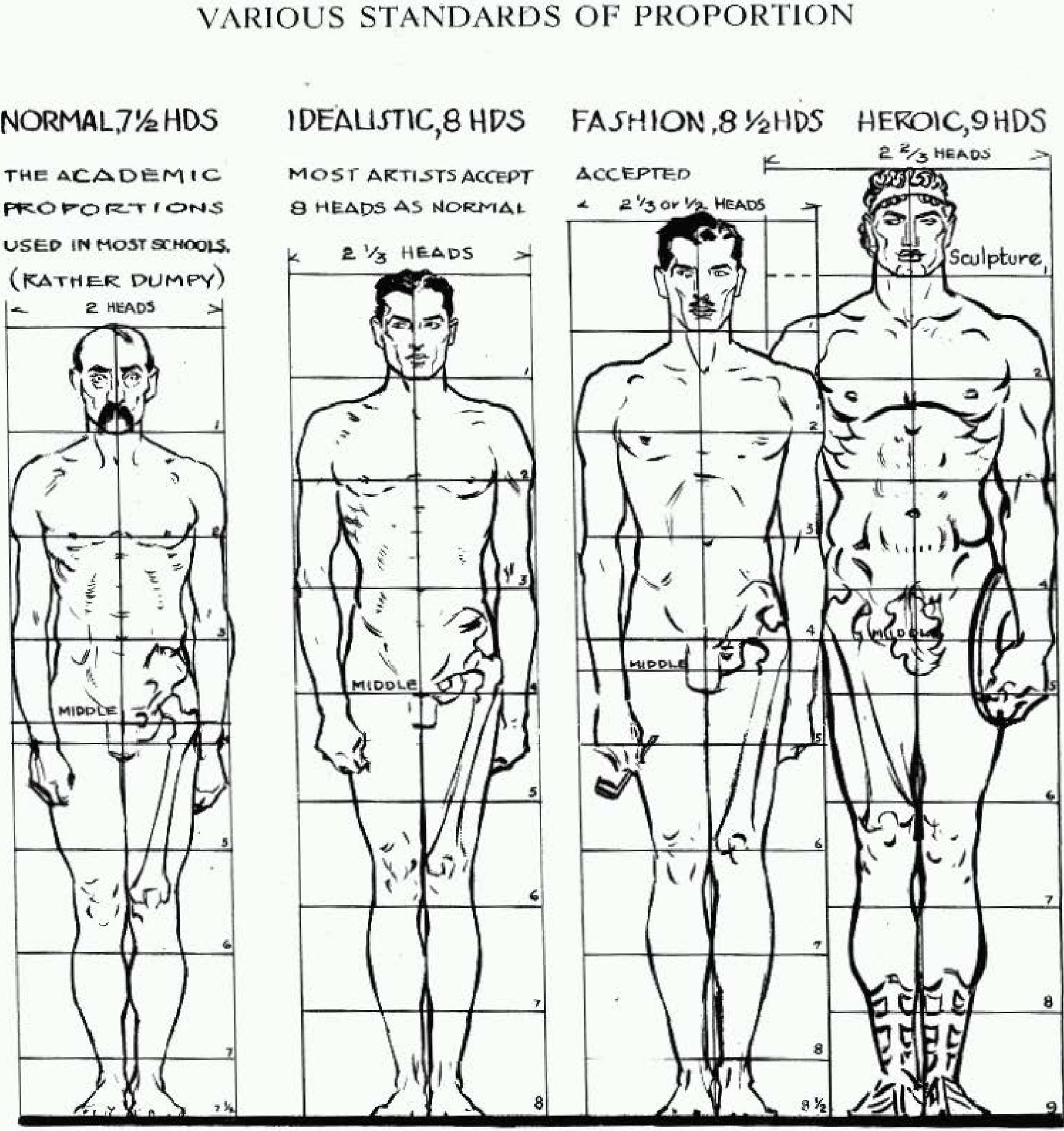Art with Perfect Proportion

The concept of perfect proportion in art has been a timeless pursuit, with artists and architects striving to create works that embody harmony, balance, and aesthetic appeal. From the intricate patterns of Islamic art to the majestic grandeur of Renaissance architecture, the use of proportion has played a crucial role in shaping the visual language of art.
At its core, proportion refers to the relationship between the parts of a composition and the whole. It is a fundamental principle of art, as it helps to create a sense of order, unity, and coherence. When applied correctly, proportion can elevate a work of art from mere decoration to a masterpiece of profound beauty and significance.
One of the most influential theories of proportion in art is the golden ratio, also known as the divine proportion. This mathematical concept, approximately equal to 1.618, has been observed in the natural world and has been employed by artists and architects to create compositions that are both visually pleasing and harmonious. The golden ratio is believed to possess unique properties that make it inherently appealing to the human eye, and its application can be seen in some of the most iconic works of art in history, from Leonardo da Vinci’s Mona Lisa to the Parthenon in Greece.
The golden ratio is not just a mathematical concept, but a gateway to understanding the underlying structure of the universe. By incorporating this principle into their work, artists can create compositions that resonate with the natural world and tap into the deeper rhythms of human perception.
In addition to the golden ratio, other proportional systems have been developed and used in various artistic traditions. The Fibonacci sequence, for example, is a series of numbers in which each number is the sum of the two preceding numbers (1, 1, 2, 3, 5, 8, 13, etc.). This sequence has been observed in the growth patterns of many natural forms, from the arrangement of leaves on a stem to the branching of trees. Artists have used the Fibonacci sequence to create compositions that reflect the intricate patterns and harmonies found in nature.
| Proportional System | Description |
|---|---|
| Golden Ratio | A mathematical concept approximately equal to 1.618, believed to possess unique properties that make it inherently appealing to the human eye. |
| Fibonacci Sequence | A series of numbers in which each number is the sum of the two preceding numbers, observed in the growth patterns of many natural forms. |

The use of proportion in art is not limited to visual compositions. Musicians, for example, use proportional relationships to create harmonious melodies and rhythms. The mathematical proportions underlying musical compositions can evoke powerful emotional responses and create a sense of unity and coherence.
Applying Proportional Principles in Art
- Determine the overall composition and theme of the artwork.
- Choose a proportional system, such as the golden ratio or Fibonacci sequence, to guide the composition.
- Divide the composition into parts, using the chosen proportional system to determine the relationships between the parts.
- Refine the composition, making adjustments as needed to achieve a sense of harmony and balance.
In conclusion, the pursuit of perfect proportion in art is a timeless and universal quest. By understanding and applying proportional principles, artists can create works that embody harmony, balance, and aesthetic appeal. Whether through the use of the golden ratio, Fibonacci sequence, or other proportional systems, the careful consideration of proportion can elevate a work of art from mere decoration to a masterpiece of profound beauty and significance.
What is the golden ratio, and how is it used in art?
+The golden ratio is a mathematical concept approximately equal to 1.618, believed to possess unique properties that make it inherently appealing to the human eye. Artists use the golden ratio to create compositions that are both visually pleasing and harmonious, often dividing their work into parts that reflect the golden ratio.
How does the Fibonacci sequence relate to art and nature?
+The Fibonacci sequence is a series of numbers in which each number is the sum of the two preceding numbers. This sequence is observed in the growth patterns of many natural forms, from the arrangement of leaves on a stem to the branching of trees. Artists have used the Fibonacci sequence to create compositions that reflect the intricate patterns and harmonies found in nature.
As we continue to explore the mysteries of proportion and its role in art, we may uncover new insights into the underlying structure of the universe and the human experience. The pursuit of perfect proportion is a journey, not a destination, and one that has the potential to inspire and elevate us in profound ways.

